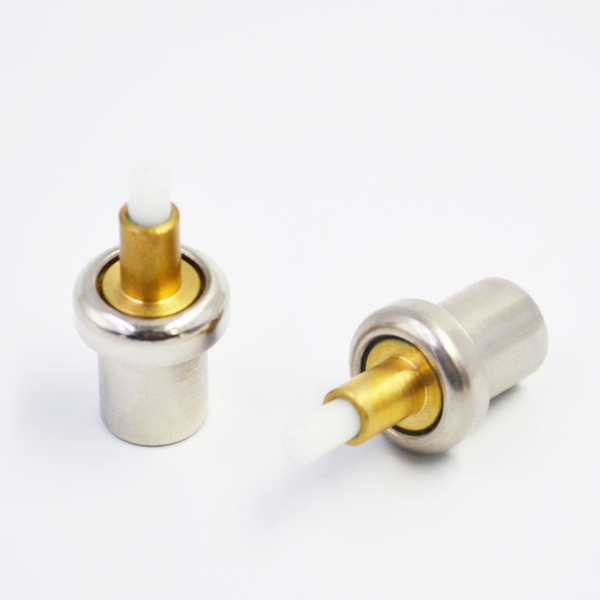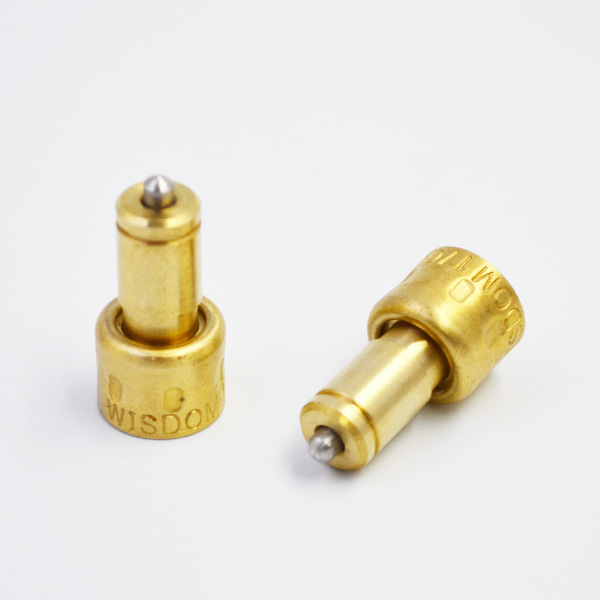A three-closed-loop position servo controller based on SDRAM is designed. The algorithm of the three-closed-loop control is described in detail. Combining with the application of hardware circuit in practical products, the expected technical indicators are obtained, and the dynamic characteristics of the position servo system are improved. At present, the electric position servo is regarded as an important research direction at home and abroad, and the application of electric steering gear is increasingly widespread. Compared with the previous hydraulic rudder and pneumatic rudder, the electric rudder has the characteristics of small size, low cost, simple and reliable, good dynamic characteristics and easy control. At present, the performance of electric steering gear is more and more perfect, and it is developing towards digitalization, redundancy, high power, high precision and intellectualization. The control strategies of electric steering gear are also varied. According to the requirements of different applications, different algorithms and design platforms are used, such as based on DSP, FPGA or MCU. This paper designs a servo system for all-digital missile steering gear. The system uses brushless DC motor as servo motor, adopts three-closed-loop control strategy, NIOS II soft core based on FPGA as development platform, and uses the excellent characteristics of C language to realize C language based algorithm design in NIOS II, which realizes high-performance tracking of steering gear position. To meet the requirements of high precision, high sensitivity and high reliability of missile rudder. Position servo controller is a closed-loop control system. The actuator is a DC brushless motor, and the transmission component is composed of planetary reducer and ball screw. The driving controller is controlled by digital control. The servo controller receives the angle control signal of the host computer, drives the brushless motor to work according to a certain speed, rotation direction and rotation angle, and converts it into angular motion through the transmission components, thus realizing the angle control of position. The project uses Altera Cyclone I I I series low-cost devices.

The chip is 256 pins of BGA ball-grid packaging, with more I/O ports, integrated embedded processor NOISII, I/O ports 157, to meet the design requirements. The peripheral circuit of FPGA mainly includes power management circuit, thermostatic element program configuration chip circuit, download debugging interface circuit and so on. The drive circuit of servo system controller adopts classical three-phase bridge circuit, the drive chip adopts Xiantong integrated circuit, the bridge circuit adopts IR MOSFET switch, and the current sampling circuit adopts ACS714ELCTR-05B-T integrated circuit. In the system, three-phase windings are sampled separately, and the direction and phase sequence of current are selected in the software. The current sensor has rated power supply voltage of 5 V, rated input current of 5 A, output voltage range of 0-5 V, and output sensitivity of 185 mV/A. Potentiometer and current sensor are used to detect the position and current of the actuator respectively, so 16 analog voltage signals need to be converted into digital signals. Among them, the output of potentiometer is 0-5V voltage signal. In order to satisfy the system control accuracy requirement of <0.2 degree, it needs 14-bit precision AD to meet the requirement. At the same time, the system needs to collect four-channel position signals.
The AD7949 analog-to-digital conversion chip is selected. The chip has eight input channels, and the maximum input voltage of each channel can reach 5.5V. It works independently. The digital terminal voltage of the chip is 3.3 V, and the serial signal output can meet the requirements of the rudder system. The system current signal is converted by a 12-bit A/D converter of NS Company.
The analog input of the chip is 0-5 V voltage signal, and the digital output is 3.3 V digital quantity. The interface matches with the FPGA. The digital signal can be directly sent to the I/O port of the FPGA. Because the main program is written in C language and embedded in the soft core of NIOS, the program code is too large to run on the internal RAM of the FPGA, so the SDRAM circuit is expanded outside to reduce the consumption of the FPGA and improve the running speed. The SDRAM device used is MT48LC16M16A2TG of MICRON Company. Its address line is 16 bits, and it runs in parallel mode.
The software design uses NIOS II soft core plus part of the digital logic circuit written in VHDL language to complete the functions and requirements of the whole system. The algorithm is embedded in the NIOS II soft core, implemented in C language, and the external module programming is realized by hardware language VHDL such as A/D conversion and PWM commutation. The software is mainly divided into two parts: peripheral hardware language writing module and NIOS II software core module. The external hardware language uses VHDL and Verilog language to collect and convert position signal and current signal A/D; the internal soft core realizes the whole control algorithm and the reading and writing operation of EEPROM. The algorithm first separates and converts the steering instructions received by serial port, at the same time adjusts and converts the four feedback position signals, and then adjusts the position PI differently. After adjusting the position, the given speed signal is calculated by the adjusting module, and then enters the system differently from the current steering angle speed signal calculated by feedback.
Speed PI regulator module; finally into the current loop P regulator. When the three-loop regulation is completed, the PWM regulation signal is output. The system adopts all-digital three-closed-loop cascade control strategy, which is divided into current loop, speed loop and position loop. The position loop receives the current position signal from the steering command of the upper computer and feedback from the position sensor, and processes the difference between them. Then the PI control of the position loop is carried out, and a speed reference value is output, which is opposite to the current position signal. The current rudder angular velocity calculated by the feed is processed differently, then it enters the PI regulator of the speed loop and outputs a given current signal, which is different from the current sampling value, enters the current loop P regulation, outputs a PWM signal with a certain duty cycle, drives the three-phase bridge arm circuit, and regulates the forward and reverse motion of the servo motor. Three-loop control can ensure the stability and response speed of the system. When the parameters of the speed loop and the current loop change or are disturbed, they can play an effective role in the simulation and reduce the impact on the position loop. The current loop will produce the final PWM signal. Its function is to take into account the current following characteristics. When the current is disturbed slightly, the algorithm can automatically respond and adjust quickly, so as to ensure that the output torque fluctuation of the steering gear is as small as possible. Given that the current loop is not only the output of the speed loop, but also the intermediate link of the three loops, the speed loop plays a connecting role. Because the nonlinearity of the servo load torque mainly acts on the speed loop, the nonlinearity of the current loop is large. The traditional PI control can maintain the stability of the speed. The calculation of the speed feedback is through the position.

The differential of the signal detection value is obtained. As the control of the outermost loop, the position loop determines the speed and stability of the steering gear system and the accuracy of the system. In this project, PI regulator is adopted, which not only keeps the characteristics of simple algorithm principle, convenient operation and strong robustness, but also has greater flexibility, adaptability and accuracy, and is beneficial to improving the system.
Damping performance, and greatly reduce the overshoot of the system response, so that the system has a faster response speed and anti-disturbance ability. After the completion of the project, the prototype was tested and validated. The test results show that the expected target requirements can be achieved, and the performance of the prototype has been greatly improved compared with the previous similar products. From the analysis results, the system realizes the three-loop control algorithm strategy based on NIOS II soft core. The system achieves the expected technical indicators. The performance of speed and frequency response is good. The frequency response of the system is increased to 17 Hz on the basis of the original 15 Hz.
